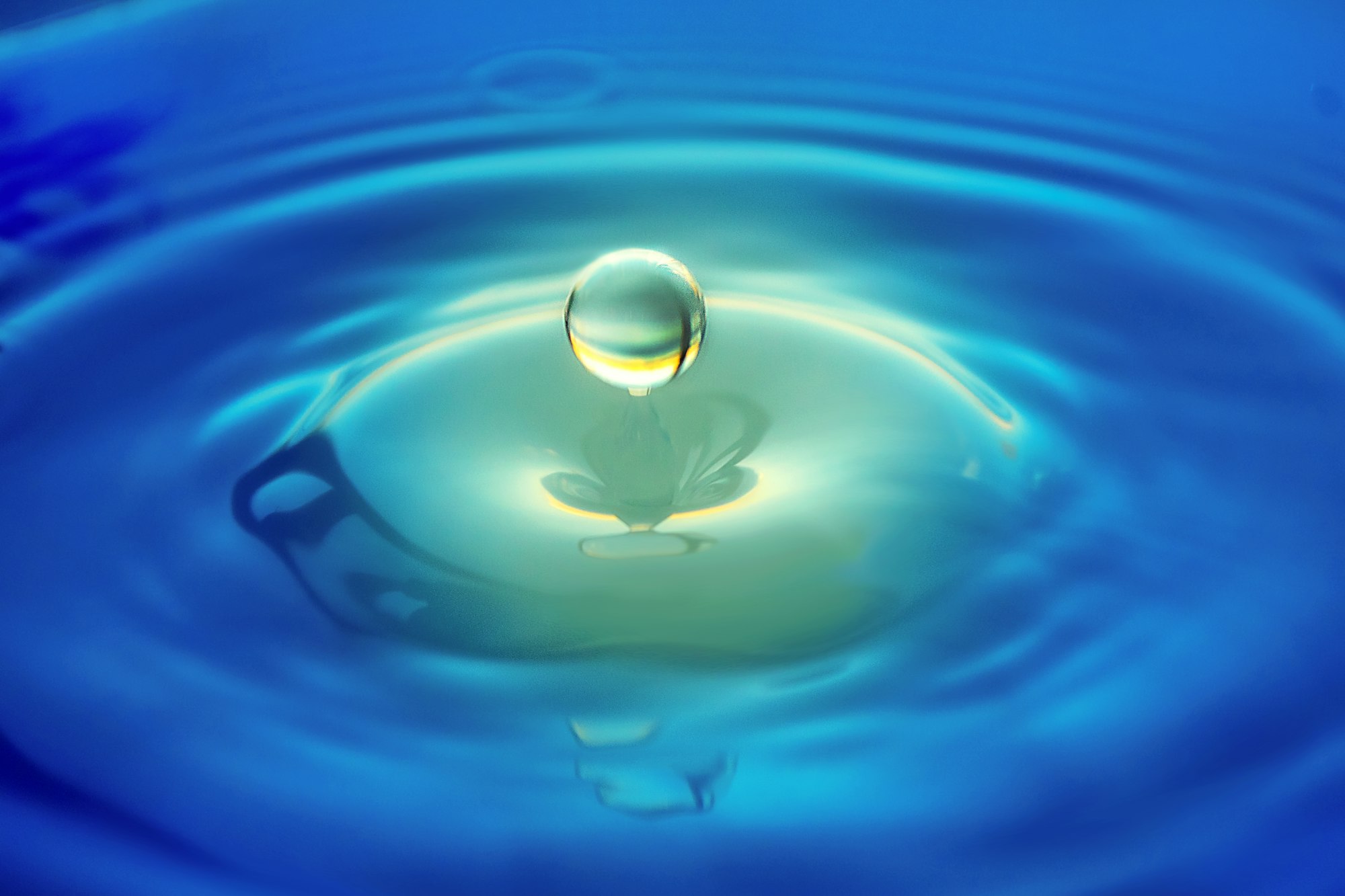Jivanmukta
According to Advaita Vedanta a jivanmukta, or one who is liberated here and now, has realized that Brahman alone is real and the world is illusory. Therefore, one may argue that experience of Brahman there should not be any awareness of the physical body or the world around it. But the continuance of the physical body or the world is not incompatible with the idea of liberation according to Advaita Vedanta.
Before liberation, one surely thinks of oneself as the body. After liberation, however, one realizes that the physical body and the world have only an illusory appearance. Even though they appear to exist they do not really exist. From the viewpoint of Advaita Vedanta liberation is only a change of perspective. Since the physical body is not real, its continued appearance, or its eventual disappearance, is no problem for the jivanmukta.
To a jivanmukta the body and the world are like a dream. The only difference between an ordinary dreamer and a jivanmukta is that the ordinary dreamer, while dreaming, does not know that it is a dream. But a Jivanmukta always knows that he or she is the dreamer.
Krama-mukti
There is yet another concept about liberation in Advaita Vedanta called krama-mukti or avantara-mukti (liberation by stages). According to this concept, a person who has intensely meditated on Saguna Brahman using the sacred sound symbol of God, Aum, or other prescribed methods of meditation such as dahara-vidya, goes after death to Brahma-Loka (the realm of Saguna Brahman). There the aspirant attains the knowledge of Nirguna Brahman under the guidance of a spiritually exalted being (Hiranyagarbha). When the entire universe is dissolved at the end of the kalpa (a long periodic cycle of creation and dissolution) the person becomes one with Nirguna Brahman and is not born again. This kind of liberation is called krama-mukti or avantara-mukti.
Dvaita Vedanta
This school believes in post-mortem liberation only. It does not believe in jivanmukti.
In ascending order, this school believes in four levels of moksha: (1) salokya, (2) samipya, (3) sarupya and (4) sayujya. ….. In salokyamukti, the departed soul goes to Ishta-loka (the abode of Vishnu) and stays there blissfully enjoying His presence. In samipya-mukti the departed soul enjoys the bliss of extreme proximity to Vishnu. In sarupya-mukti the departed soul acquires the form of Vishnu and enjoys intense bliss. In sayujya-mukti the departed soul becomes blissfully absorbed in Vishnu.
Vishistadvaita Vedanta
A person can have moksha only after the person’s death. Moksha means living blissfully in Vaikuntha (the abode of Vishnu) in spiritual bodies. They acquire many divine powers such as omniscience, but unlike God they cannot create, sustain, or dissolve the world. In spite of their exalted state they remain subservient to God.
adapted from ‘Journey from many to one the essentials of Advaita Vedanta’ by Swami Bhaskarananda
There is no Karma after moksha
In my personal opinion the moksha means end to duality. End to everything both the good and bad, positive and negative such that only singular self remains.
One doesn’t attain moksha. He just ends duality and realises he has always been Mukt.
When one realises the self i.e. a singular entity, he forgets all about the duality be it god and devotee or karm and karta.
There’s nothing in all universe except him. He becomes na-karta even though he continues his daily routine. As he realises that kriya, karta and karma are themselves a form of himself.


